Canon EOS RP review
Affordable, full-frame and mirrorless: what’s not to like?
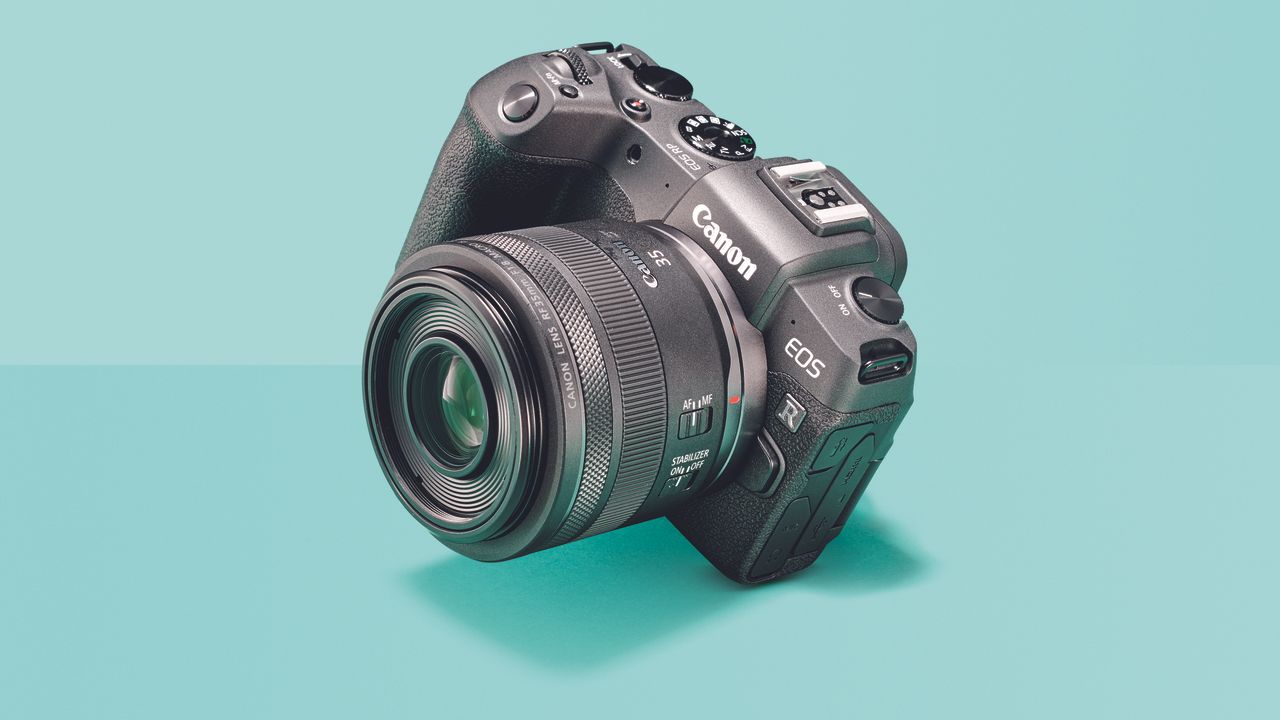
Canon EOS RP captures lovely images using its full-frame sensor, and the body design manages to be small but still pleasant to use. There’s plenty to like about it - but it’s also got its fair share of niggles that make it frustrating at times.
-
+
Good price
-
+
Small and light (for full-frame)
-
+
Adaptor bundled for your older lenses
-
-
Small body can feel unbalanced
-
-
4K video limitations
-
-
No weather-sealing
Why you can trust T3
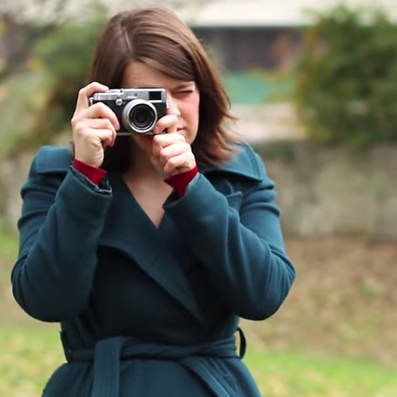
The Canon EOS RP is the second full-frame mirrorless camera launched by the veteran camera company. While the EOS R was met with a lukewarm reception, the EOS RP aims to aggressively target sales of other brands by providing it a very attractive price. At launch, it will even include an adapter to allow you to use any existing Canon EF lenses that you might already have in your kit, too.
To that end, you can pick up the EOS RP for around £1,399 / US$999 body only (with the adapter). If you want to pick it up with a 24-105mm f/4 L USM lens as well, it’ll set you back around £2,300 / US$1,899. Neither of these figures are loose change, sure, but it’s a reasonable price for a brand new full-frame camera - and crucially it’s cheaper than the Nikon Z6 (around £1,700 / US$1,999 body only RRP at the time of writing - with no adapter included).
While some will have been disappointed not to see a high end EOS R come to the market, from Canon’s point of view, launching something at the “entry-level” probably makes a lot more commercial sense. If they can hook people in at the beginning, or near the beginning, of their camera journey, it’ll pay dividends in the long run.
Canon already caters for those new to full-frame with its 6D series of DSLR cameras, with the latest being the 6D Mark II. As mirrorless becomes more mainstream, those thinking about making the jump to full-frame now have a mirrorless option - with all the benefits that brings - to consider as well.
Canon EOS RP Review: Design and Handling
Considering the EOS RP is housing a full-frame sensor, Canon has done a good job of keeping it on the small side, especially given that it has a fully-articulating screen on the rear too. Weighing in at just 440g (body only), it’s smaller and lighter than its sibling the EOS R. In theory that might make it good as a backup or travel camera, but it’s important to bear in mind the accompanying lenses - which are still fairly large.
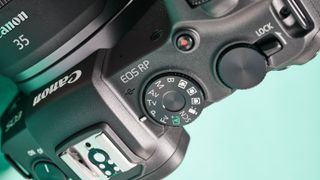
A reasonably chunky grip helps to make the EOS RP nice and comfortable to use, while the button layout on the back is on the whole sensible. On the top of the camera there’s a mode dial with a range of shooting modes, plus dual control dials for adjusting different parameters depending on the mode you’re in. Use these mode dials in conjunction with an “M.Fn” button to change exactly what you’re controlling, and it’s a pretty nifty set-up. For more quick access, tap the Q button on the back of the camera for direct access to a number of different settings.
One change from the EOS R is the lack of the touch-sensitive “M-Fn” bar - it’s no great loss not to see it here though - most didn’t find it all that useful anyway. There’s also no top-plate LCD for quickly checking settings, either.
There’s a smaller and lower resolution EVF (electronic viewfinder) than you’ll find on the standard EOS R. The EOS RP has a 2.36-million-dot OLED 0.39-inch device, which in isolation is actually pretty decent and usable. If you have never used the 0.5-inch, 3.69-million-dot EVF of the EOS R, there’s every chance you won’t appreciate the difference. If you’re coming to the EOS RP from a DSLR (full-frame or otherwise), it’ll be a new experience not using an optical viewfinder - but for our money, a better one. You get the bonus of seeing how settings will be rendered as you make them, as well as being able to zoom in to check focus, or see images in playback to make sure you’ve nailed the shot.
The viewfinder is joined by a fully articulating touch-sensitive screen. This is great for composing from awkward angles, as well as being useful for shooting video. Tapping around the screen changes the AF point, and you can also use it to make changes in either the quick menu or the full main menu.
Overall, the EOS RP has some good points, but we find the handling of the Nikon Z6 to be much more sensible, while the smaller size of the latter’s accompanying lenses making it a better proposition for travel.
Canon EOS RP Review: Features
As you’d expect, while there’s a fair few similarities between the EOS R and its cheaper sibling, the RP, there’s also some compromises which have been made to keep the cost down. We’ve already discussed the difference between the EOS R and the RP’s electronic viewfinder.
At the heart of the EOS RP is a 26.2-megapixel full-frame sensor - making it a few megapixels short of the 30.3-megapixel sensor found in the more expensive EOS R.
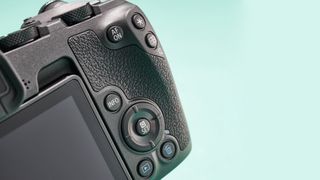
When it comes to drive modes, the EOS RP offers just 5fps, which is pretty modest and is probably not best-suited to those who like to shoot a lot of sports and action. If you want to switch on AF tracking, it drops further down to 4fps. The EOS R is not exactly a whizz either though, so it’s quite clear that Canon is not targeting action shooters with either of its mirrorless models.
What’s arguably more frustrating is the lack of a silent shooting mode. Although you can access silent shooting if you go via a scene mode, this is an automatic mode which doesn’t allow you to change other key settings. One of the key benefits of mirrorless cameras is the ability to be a bit more discreet when shooting - for example in churches and the like - so it’s disappointing not to have it available here.
In terms of video, the EOS RP offers 4K - but it is limited. First of all, it’s subject to a crop which means that shooting at a wide angle is tricky. It’s also only possible to record at up to 25p. It doesn’t actually compare too badly to the EOS R, which is also subject to a crop but can offer up to 30p frame rates. Full HD is more flexible, offering no crop and frame rates up to 60fps.
The AF system between both cameras is pretty similar. There’s Dual Pixel CMOS AF, which is designed for both speed and accuracy. The EOS R can work in slightly darker conditions, but unless you’re someone who consistently shoots in almost pitch-black like environments, this is probably likely to be less of a concern.
Canon EOS RP Review: Performance
Despite the reservations we have about the handling of the Canon EOS RP, as well as some of its specifications, one area where it really shines is the image quality - which is arguably the most important thing, of course.
Images are bright and punchy directly from the camera, with good scope to make some tweaks with the raw format files to get exactly the colour and detail you want should you need it.

Exposures are well-balanced with the all-purpose metering system putting in a good performance in a wide range of different lighting conditions. Automatic white balance also copes well with several different kinds of light to provide accurate colours without the need for too much tweaking either in-camera or in post-production.
Focusing is also decent, with the Dual-Pixel AF system snapping into action easily and quickly mostly of the time. As already mentioned, it’s probably not the camera for those who regularly shoot action, but it does a semi-decent job when photographing predictably moving subjects - so long as you accept that the results will be likely be more luck than judgement.
In low light, noise is kept to a minimum unless shooting at very high ISO speeds such as 12800 or 25600. That said, if you’re forced to use 12800, the results aren’t too bad so long as you’re happy to keep your images on the small size (so they’re fine for social sharing, for example).
You don’t get as much detail with the 24 megapixel sensor as you might do from something with twice the resolution - obviously - but unless you’re regularly in the habit of printing your images at massive sizes, then it shouldn’t be a problem for the average shooter.
Canon EOS RP Review: Image samples









Canon EOS RP Review: Verdict
Just like its bigger, more expensive brother, the Canon EOS RP is a bit of a mixed bag. There is plenty to like about it - but it's also got its fair share of niggles that make it frustrating at times.
Let’s start with the positives. There’s lovely image quality, courtesy of a very capable full-frame sensor. The body design manages to be small but still pleasant to use - with the dual dials and M.Fn button being fairly intuitive to work with.
If you’re an existing Canon DSLR user and you want to step up to full-frame for the first time, the Canon EOS RP is a tempting proposition - especially considering that an adapter to use your existing lenses comes bundled in the boxes. You might also be considering the 6D Mark II, so it’s good to have a couple of different packages to choose between.
But now for the not-so-positives. It’s safe to say that this is not a camera for action-shooters, with its lukewarm offering of 5fps (dropping to 4fps with focus tracking). Then there’s also the frustrating inability to shoot silently - which is generally a key positive of most other mirrorless cameras. Video shooters will also likely be turned off by the crop applied to 4K shooting, plus the fact that Dual Pixel AF can only be utilised for Full HD video shooting.
Overall it really does depend on what you like to shoot, and what you’re hoping to achieve from the camera. If you’re someone who shoots mainly static subjects, and is not overly bothered by video, you’ll likely be very pleased with what the EOS RP is capable of.
There are better offerings available on the market, but there’s not many that offer it at such a low price - so that’s also likely to be incredibly tempting, too. If you’re already invested in the Canon system, the EOS RP makes a lot of sense, but if you’re not, it’s worth investigating other brands before you commit.
Liked this?
- Best action camera
- Best travel camera
- These are the best camera bags
Sign up to the T3 newsletter for smarter living straight to your inbox
Get all the latest news, reviews, deals and buying guides on gorgeous tech, home and active products from the T3 experts
Amy Davies is a freelance journalist that covers cameras for T3 and many other sites. She is also Features Editor at Amateur Photographer magazine and, when she's not writing about cameras, she's probably taking pictures of her cute dog.
-
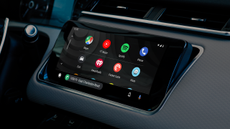 Android Auto update arrives with Tesla-like feature – CarPlay needs to catch up
Android Auto update arrives with Tesla-like feature – CarPlay needs to catch upThere’s been a flurry of Android Auto changes recently, but this one could matter
By Chris Hall Published
-
 Meross’s new smart water sensor screams at you if it detects any leaks
Meross’s new smart water sensor screams at you if it detects any leaksMeross debuts new water leak sensor, although it’s missing something…
By Bethan Girdler-Maslen Published
-
 Pro-Ject's new turntable makes getting into vinyl easier without compromising on quality
Pro-Ject's new turntable makes getting into vinyl easier without compromising on qualityThe Pro-Ject A1.2 is fully automatic and comes with important upgrades
By Carrie Marshall Published